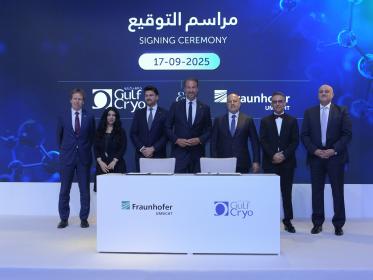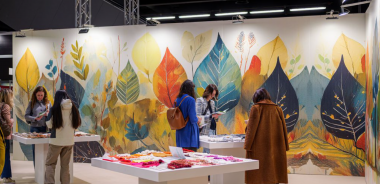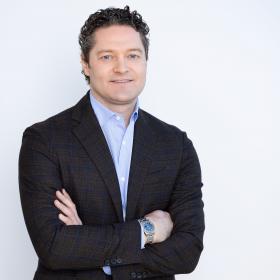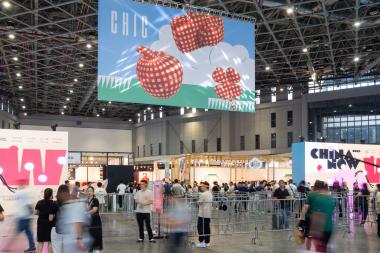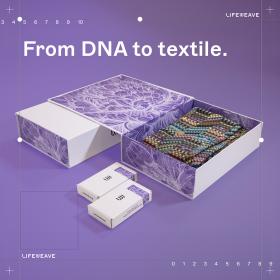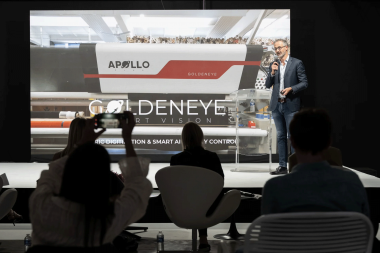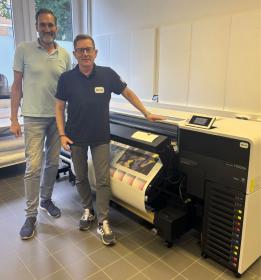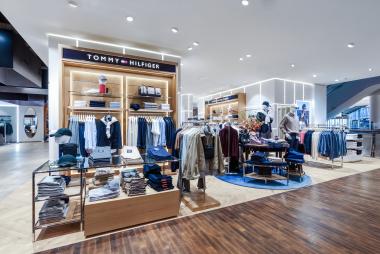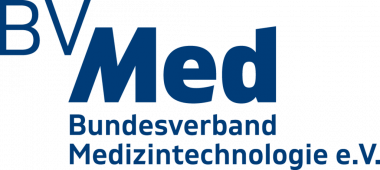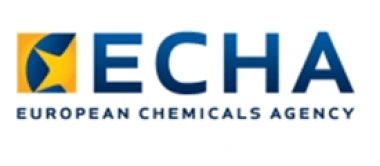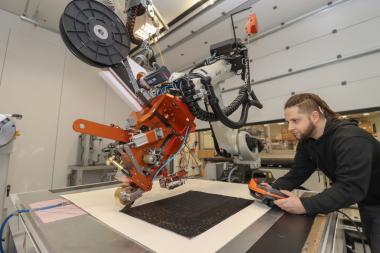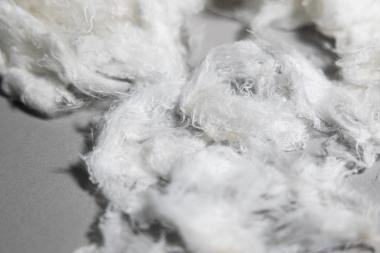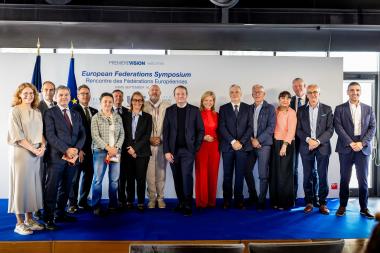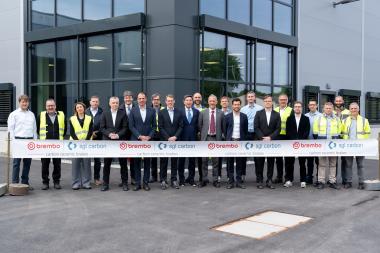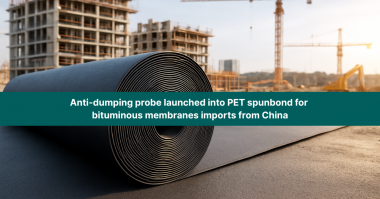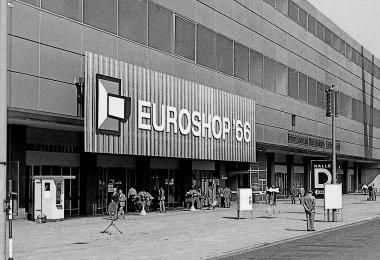Cinte Techtextil China: 20,000 visits from 74 countries and regions
After three days of facilitating meaningful exchange for numerous applications of technical textiles and nonwovens, Cinte Techtextil China 2025 concluded on 5 September at the Shanghai New International Expo Centre. Feedback across the fairground was highly positive, especially from first-time exhibitors and buyers who valued the platform’s capability to create new opportunities both in China and overseas markets. The fair attracted nearly 20,000 visits from 74 countries and regions – a 17% increase from last year, and, as the most comprehensive edition ever in terms of product categories, visitors had much to explore. Major fringe events, such as the China International Nonwovens Conference (CINC), Econogy Tour, Sustainability Forum, and AI Panel, linked innovation and sustainability with industry demands, maximising reach and business opportunities for participants.
As Asia’s only dedicated show for the full spectrum of technical textiles and nonwovens, Cinte Techtextil China 2025 hosted over 300 global exhibitors, and welcomed a wide range of visitors, including sourcing decision-makers, textile & mechanical engineers, product developers, researchers, and more. The fair saw a significant rise in visitor pre-registrations, with international numbers increasing by over 40% compared to the previous edition. VIP buyers from across the globe attended the fair, as did 14 visitor delegations with over 250 participants. Some of the leading brands included domestic representatives from Kimberly-Clark (China), Li Auto, Li Ning, and L'Oréal (China); and international participants from Lego System (Denmark), Norafin Industries (Germany), Rockline Industries (USA), and Toyoshima & Co. Ltd (Japan).
Among the returning exhibitors, key international players included AUTEFA Solutions, Lindauer DORNIER and Rowa Group from Germany, Fil Man Made Group from Italy, Graf + Cie and Swisstulle from Switzerland, Picanol from Belgium, and more. This edition also welcomed several newcomers, partly due to the incorporation of textile chemicals and dyes into this year's product categories. Key exhibitors making their debuts included: Serel Industrie (Belgium) and Proton Products (UK) in the European Zone; Wetekam Group in the German Zone; Dupre Minerals (UK) and Michelman (USA) in the Textile Chemicals and Dyes Zone; Huamao (Xiamen), BW Advanced Materials, Shanghai Shenda, and Zhejiang Kingsafe Group from China, JCT Industries Group from Malaysia, Vietnam Geotextile from Vietnam, and more.
To support the diverse array of exhibitors and visitors onsite, Cinte Techtextil China identified specific development areas and offered relevant fringe events to facilitate meaningful interaction. The Econogy Tour and Sustainability Forum promoted the industry’s eco-transition, with the latter sparking cross-sector discussions among academia, brands, and other industry players. On the innovation front, the AI Panel and the Innovation Product Award and Presentation provided forward-looking insights from various perspectives, helping the industry reshape its future.
Other events like the CINC, themed ‘Breaking the Deadlock and Reconstruction’, offered in-depth discussions and report presentations for the nonwovens industry to navigate upcoming challenges and opportunities. To harness the promising Mobiltech trend, the fair organised a Technical Innovation Exchange Conference on Automotive Textiles followed by a tour visiting related exhibitors. Interested parties could also enjoy live-streamed tours organised for in-demand sectors such as Medtech, Mobiltech, and Protech.
The next edition of Cinte Techtextil China will be held from 1 – 3 September 2026.
The fair is organised by Messe Frankfurt (HK) Ltd; the Sub-Council of Textile Industry, CCPIT; and the China Nonwovens & Industrial Textiles Association (CNITA).
Messe Frankfurt (HK) Ltd








